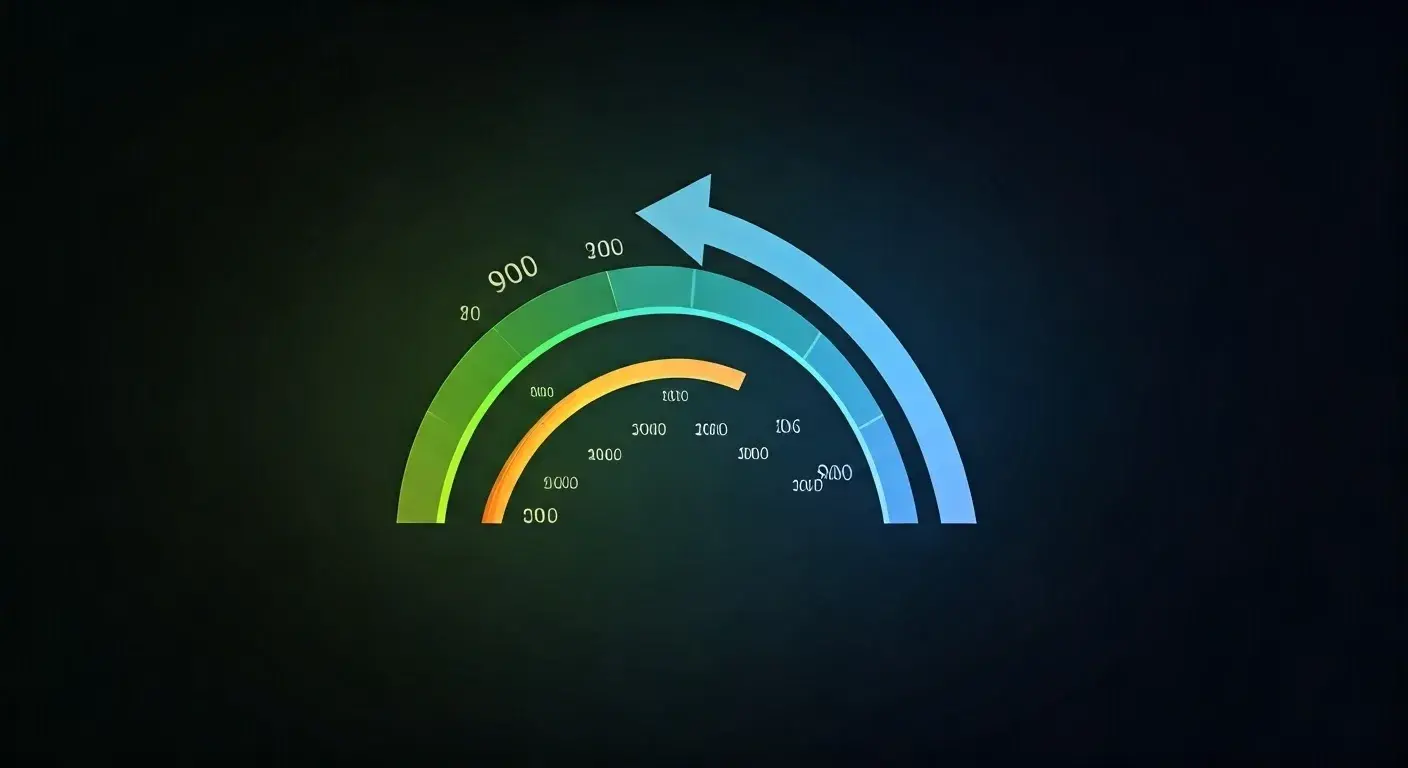-
Posted on: 29 Jan 2025

-
A 100-point credit score drop can be a jarring experience. It can impact your ability to secure loans, rent an apartment, or even get approved for certain jobs. Understanding why your score plummeted and knowing how to take corrective action is crucial. This comprehensive guide provides actionable steps to help you recover and rebuild your credit effectively.
Understanding Why Your Credit Score Dropped
Before diving into recovery strategies, it's essential to understand the root cause of the drop. Several factors can contribute to a significant credit score decline. Identifying the culprit will allow you to tailor your recovery plan.
Common Causes of a 100-Point Credit Score Drop:
- Late Payments: Even one late payment can significantly impact your credit score, especially if it's a recent occurrence.
- High Credit Utilization: Maxing out credit cards or using a significant portion of your available credit can negatively affect your score.
- New Account Openings: Opening multiple new credit accounts in a short period can lower your average credit age and signal higher risk to lenders.
- Defaulting on Loans: Failing to repay loans as agreed is a major red flag.
- Collections Accounts: Unpaid debts sent to collections agencies severely damage your credit.
- Bankruptcy: Filing for bankruptcy has a significant and long-lasting negative impact on your credit.
- Public Records: Judgments and tax liens can negatively affect your credit score.
- Identity Theft: Unauthorized credit activity can wreak havoc on your credit report.
Checking Your Credit Report
The first step is to obtain a copy of your credit report from all three major credit bureaus: Equifax, Experian, and TransUnion. You're entitled to a free credit report from each bureau annually through AnnualCreditReport.com. Review each report carefully for errors, inaccuracies, and negative items that may be contributing to the score drop.
Actionable Steps to Recover from a 100-Point Drop
Once you've identified the cause of the score drop, you can start implementing strategies to improve your credit. These steps require discipline and patience, but consistency will yield positive results over time.
1. Address Negative Items on Your Credit Report
The most crucial step is to address any negative items contributing to the score drop. Here's how:
a. Dispute Errors and Inaccuracies
If you find errors or inaccuracies on your credit report, dispute them with the credit bureaus. You can do this online, by mail, or by phone. Provide clear and concise documentation to support your claim. The credit bureau has 30 days to investigate and respond. If the error is verified, they must remove or correct it.
b. Negotiate with Creditors
If you have delinquent accounts or collections, contact the creditors or collection agencies to negotiate a payment plan or settlement. Offer to pay a portion of the debt in exchange for having the account removed from your credit report (a "pay-for-delete" agreement). While not always guaranteed, many creditors are willing to negotiate to recover some of the outstanding debt.
c. Pay Off Collections Accounts
Paying off collections accounts, even if you can't negotiate a deletion, is a positive step. It demonstrates a commitment to resolving your debts. Make sure to obtain written confirmation that the account is paid in full.
2. Improve Your Payment History
Payment history is the most significant factor influencing your credit score. Make on-time payments a priority.
a. Set Up Automatic Payments
Enroll in automatic payments for all your bills to ensure you never miss a due date. This is especially helpful for recurring expenses like credit card bills, utilities, and loan payments.
b. Use Calendar Reminders
If you prefer not to use automatic payments, set up calendar reminders for all your bill due dates. Review your calendar regularly to stay organized.
c. Contact Creditors Before Missing a Payment
If you anticipate difficulty making a payment, contact the creditor as soon as possible. They may be willing to work with you on a temporary payment arrangement or hardship program.
3. Reduce Your Credit Utilization
Credit utilization, the amount of credit you're using compared to your available credit, is another crucial factor. Aim to keep your credit utilization below 30% on each credit card and overall.
a. Pay Down Credit Card Balances
The most effective way to reduce credit utilization is to pay down your credit card balances. Prioritize paying off high-interest cards first.
b. Request Credit Limit Increases
If you're responsible with credit, consider requesting a credit limit increase on your existing cards. This will increase your available credit and lower your credit utilization ratio. However, avoid the temptation to spend more.
c. Avoid Opening New Credit Cards
While opening a new credit card might seem like a way to increase your available credit, it can also lower your average credit age and potentially impact your score negatively, especially after a recent drop. Focus on managing your existing credit responsibly.
4. Monitor Your Credit Regularly
Keep a close eye on your credit report and credit score to track your progress and identify any new issues that may arise. Many credit card issuers and financial institutions offer free credit monitoring services.
5. Consider Secured Credit Cards or Credit-Builder Loans
If you have difficulty getting approved for traditional credit cards or loans after a significant credit score drop, consider secured credit cards or credit-builder loans. These options are designed for individuals with limited or damaged credit.
a. Secured Credit Cards
Secured credit cards require a security deposit, which typically acts as your credit limit. Using the card responsibly and making timely payments will help you rebuild your credit.
b. Credit-Builder Loans
Credit-builder loans are designed to help you establish a positive payment history. The lender typically places the loan proceeds in a savings account, and you make regular payments over a set period. Once you've repaid the loan, you receive the funds (minus any fees or interest).
6. Be Patient and Persistent
Rebuilding credit takes time and effort. Don't get discouraged if you don't see results immediately. Consistency and responsible financial habits are key to long-term success. It can take several months or even years to fully recover from a 100-point credit score drop.
7. Seek Professional Help (If Needed)
If you're struggling to manage your debt or understand your credit report, consider seeking professional help from a credit counselor or financial advisor. They can provide personalized guidance and support.
a. Credit Counseling Agencies
Nonprofit credit counseling agencies offer free or low-cost counseling services to help you develop a budget, manage your debt, and improve your credit. Look for agencies accredited by the National Foundation for Credit Counseling (NFCC) or the Financial Counseling Association of America (FCAA).
b. Financial Advisors
A financial advisor can provide comprehensive financial planning services, including debt management, credit repair, and investment strategies.
Avoiding Future Credit Score Drops
Once you've recovered from the initial drop, it's crucial to maintain healthy credit habits to prevent future setbacks.
Tips for Maintaining a Good Credit Score:
- Always pay your bills on time.
- Keep your credit utilization low.
- Monitor your credit report regularly for errors.
- Avoid opening too many new credit accounts at once.
- Be mindful of your debt-to-income ratio.
- Don't close old credit accounts, as this can reduce your available credit and negatively impact your credit utilization.











